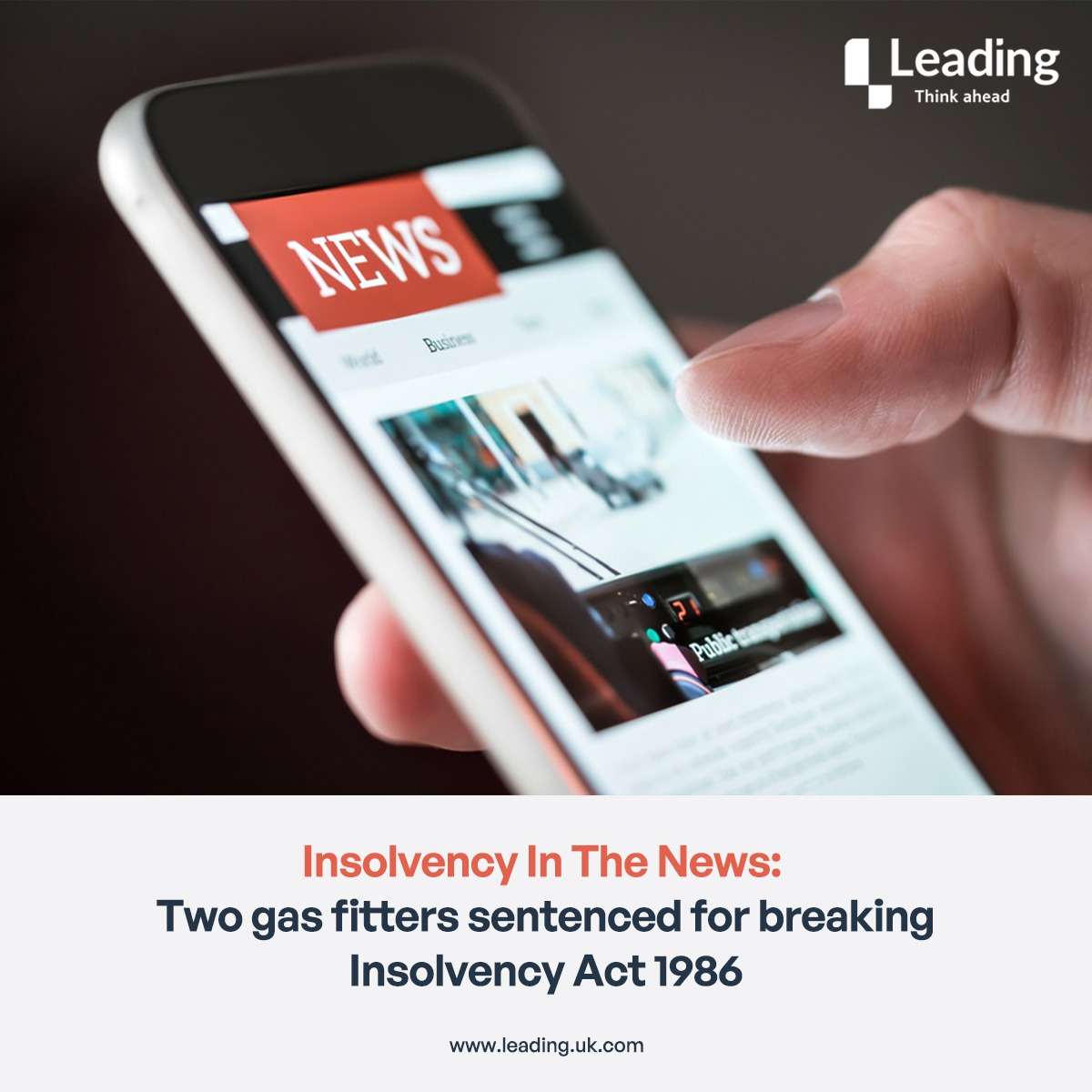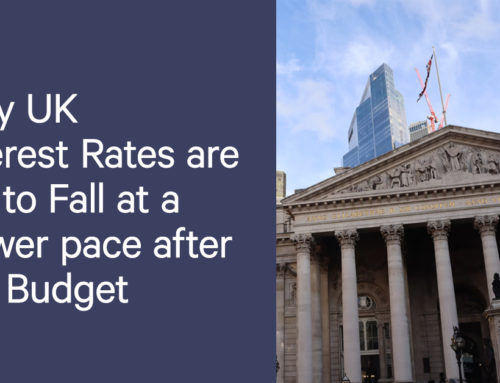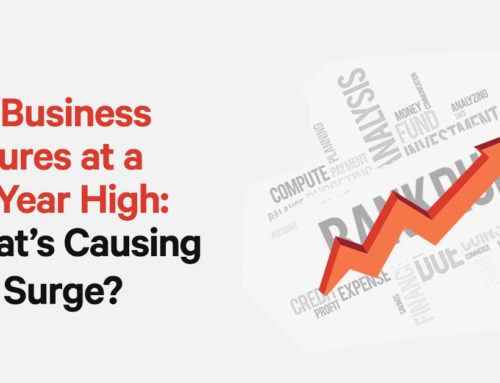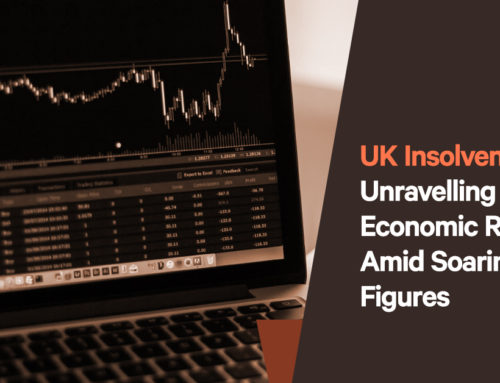Throughout 2022, government support after the pandemic has steadily started to get phased out. As such, there has been an increase in insolvencies throughout the country, and this is expected to continue for the back end of 2022 and during the first half of 2023 as well. GDP across the country is expected to slow down for the rest of the year thanks to price pressures resulting from strong demand from consumers and the ongoing conflict in Russia and Ukraine. Energy costs continue to rise, and with them, organisations are struggling with their operational costs, not to mention consumers are not buying as much to save money through these financial hardships. Let’s have a look on Latest Insolvency Statistics in this article.
Latest Insolvency Statistics in the UK
When you look at the Latest Insolvency Statistics between 1st April and 30th June 2022, there were a total of 5629 registered company insolvencies. Contained within this figure were 4908 creditors’ voluntary liquidations, 368 compulsory liquidations, 320 administrations and 32 voluntary company arrangements. On top of that, there was also one receivership appointment.
The number of insolvencies throughout Q2 is around 13% higher than they were in Q1 2022. They were also 81% higher than they were in Q2 2021. These figures are significant as the total number of CVLs that took place is at its highest quarterly level since the beginning of the series back in 1960. Compulsory liquidations also increased, but this figure remains lower than it was throughout its highest levels during covid.
In total, there were 228 active companies which entered liquidation between the periods of 1st July 2021 and 30th June 2022 (this is at a rate of 43.9% for every 10,000 active companies). This figure is a significant increase when compared to the 26.1% per 10,000 active companies that can be observed going into liquidation between the 12 months that ended on 30th June 2021.
Figures Throughout Covid
When you consider the figures for insolvencies throughout the coronavirus pandemic up until the middle of 2021, they are significantly lower than they were before the pandemic hit. The number of compulsory liquidation, CVA and administrations continued to be lower than pre-pandemic levels in 2021 and stayed this way even in Q2 2022. It is more than likely that this is the case because of the fact there were a number of government measures put in place to support businesses and individuals throughout the struggles of covid-19 in 2020.
Some of the measures that were put into place throughout the pandemic include:
- Temporary restrictions on some winding-up petitions and use of statutory demands (which could result in the compulsory winding up of companies).
- More government support was given to companies to make up for the loss of income throughout the pandemic.
As previously mentioned, this assistance has steadily been drawing to a close. On 30th September, the measures were ended and then replaced by new tapering measures. These remained in place until March this year, when all of the remaining measures came to an end.
CVLs
As can be seen above, when considering the figures for Q2, 87% of these were the result of CVLs. This figure increased by 13% from Q1 and increased by 74% when considered alongside the figures throughout covid. This number of CVLs is the highest it has seen since it began in 1960. The increase in the number of CVLs completely coincides with the measures put in place throughout covid slowly being phased out.
Compulsory Liquidation
The total number of compulsory liquidations that took place in Q2 was 9% higher than those in Q1. Though this is an increase, the number still remains lower than it was prior to the pandemic taking place. These lower figures will be the result of measures put in place by the government, which made it more difficult for people to commence the unwinding of different businesses in the UK. The debt threshold for a winding up petition came to £10,000 up until March 2022; this is a lot more than it was prior to the pandemic, as the threshold was only £750 at that time.
Administrations
In Q2 2022, the number of administrations that occurred was 18% higher than the figures from Q1 2022. This figure was also 95% higher than the number from the same quarter in 2021 after seasonal adjustment.
A Return to Normality?
Given the schemes that were put in place by the government are steadily coming to an end, does this mean that we can expect there to be a return to normality towards the end of 2022? It is expected by some that there is going to be a return to normal insolvency levels that were experienced prior to the pandemic. That being said, thanks to the new issues that face different businesses, specifically the increase in energy and operational costs, as well as reduced purchasing power from consumers, insolvency levels could exceed what they were prior to the pandemic.
Does Your Company Need Assistance with Liquidation?
Businesses find themselves in a tough time at the moment. Despite the hardships that came with the pandemic, the number of businesses that actually went insolvent was lower than in previous years, which was a direct result of the different measures and schemes that were put in place by the government to help them through the unpredictability that came with the pandemic.
These measures have slowly been phased out and were brought to an official end in March 2022. As such, Q2, which is a period that stems from April to June in 2022, saw the number of insolvencies adjust to levels which are a lot more reminiscent of those that happened pre-pandemic. Pair the lack of measures with the increased energy prices and less consumer demand, and there is no surprise the number of businesses going insolvent is increasing.
If your business currently finds itself in a tough situation, then it may be worth enlisting the help of an organisation such as Leading UK. We have a team of experts on hand who can provide you with advice on how you can move forward in a way that will benefit both you and your creditors. If you have any questions or want more information, do not hesitate to get in touch.






